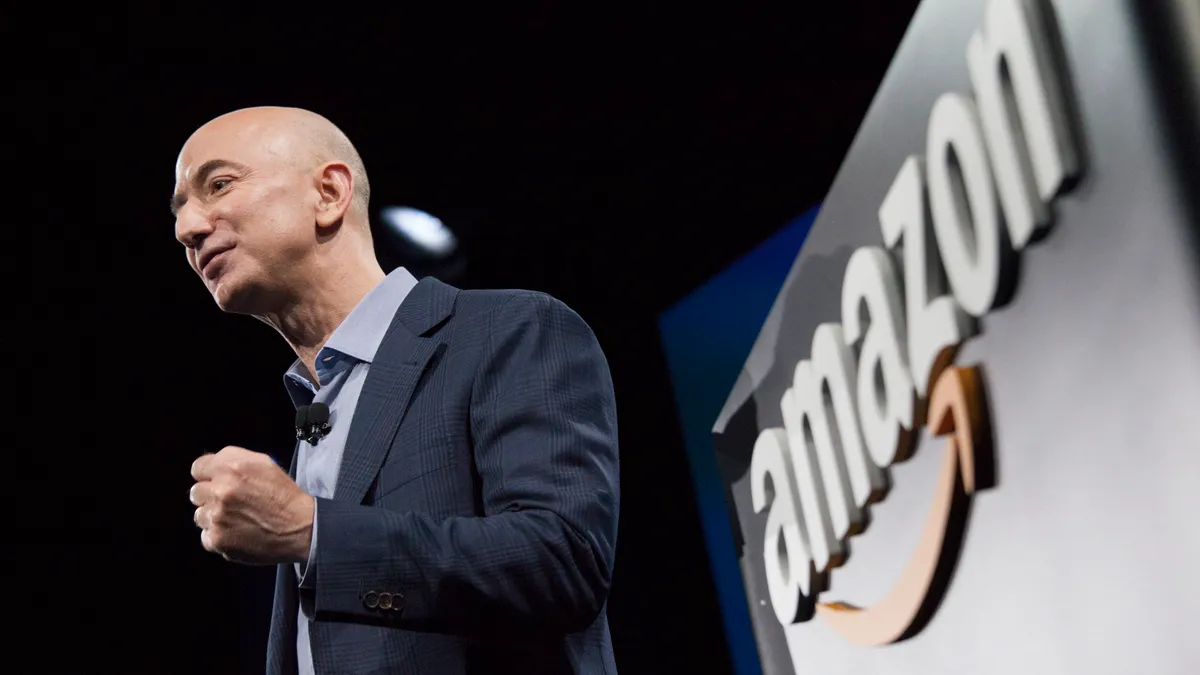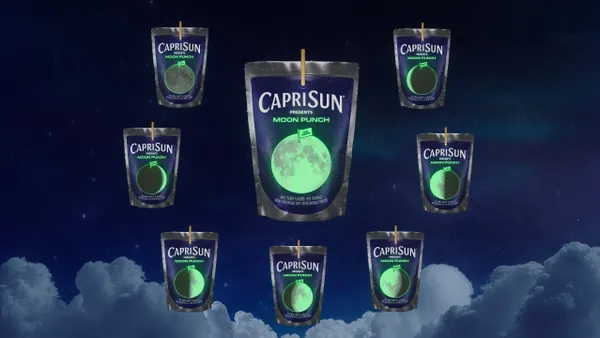Dive Brief:
- Amazon’s Prime Day 2016 sales event got off to a rocky start Tuesday morning when many shoppers experienced struggles navigating the digital checkout process.
- Many Amazon Prime subscribers hoping to score Prime Day deals and discounts instead took to Twitter to complain about “add to cart fail” messages generated when they attempted to purchase sale-priced items. Some added the hashtag “#PrimeDayFail” to their tweets.
- Amazon acknowledged the complaints on Twitter, stating: “Some customers are reporting difficulty with checkout. We're working to resolve this issue quickly.” Amazon confirmed resolution of the problem in an email received by Bloomberg a few hours later.
Dive Insight:
Prime Day is no stranger to social media ridicule. Amazon launched the sales event last summer to withering criticism from consumers who took exception to low inventories on marquee items and bargains on obscure products with little mainstream appeal. While Amazon has taken significant steps to improve both the quality and quantity of merchandise offered during Prime Day 2016, the technical issues that affected shoppers during the early morning hours suggest the event may still not be ready for primetime.
Mike Azevedo, CEO of database company Clustrix, compared Prime Day’s shopping cart issues to similar problems faced by Target last Cyber Monday when overwhelming customer traffic crashed its website. “Target gated how many people actually got into the e-commerce store. People were waiting in line,” Azevedo told Retail Dive. “It doesn’t sound like Amazon did that. It sounds like Amazon opened the floodgates and let everybody in at the same time.”
That kind of shopper deluge can slow page view load times and overwhelm database systems, Azevedo added. “It’s even harder in today’s environment, where shoppers are doing it from mobile,” he explained. “They’re sitting there on their cell phones at work or on the train or wherever, trying to buy things, and their patience gets very short. If checkout is slow, they end up leaving and not buying.”
If history is a guide, Amazon will nevertheless survive Prime Day with its reputation intact—and its Prime subscriber base increased. Social media criticism notwithstanding, consumers ordered 34.4 million items on Prime Day 2015, an average of 398 items per second, exceeding Black Friday 2014 sales by 18% and trumping Cyber Monday 2014 by 20%. In all, the inaugural event earned Amazon an additional $400 million in revenue, JP Morgan estimates.
No less significant, about three in 10 U.S. internet users participated in Prime Day 2015. Even more importantly, one in 10 joined the Amazon Prime membership program (a prerequisite for scoring Prime Day deals), which for $99 a year offers subscribers free shipping, streaming video access and other perks. Heading into Prime Day 2016, 52% of all American shoppers were Prime members, according to recent Consumer Intelligence Research Partners data.













